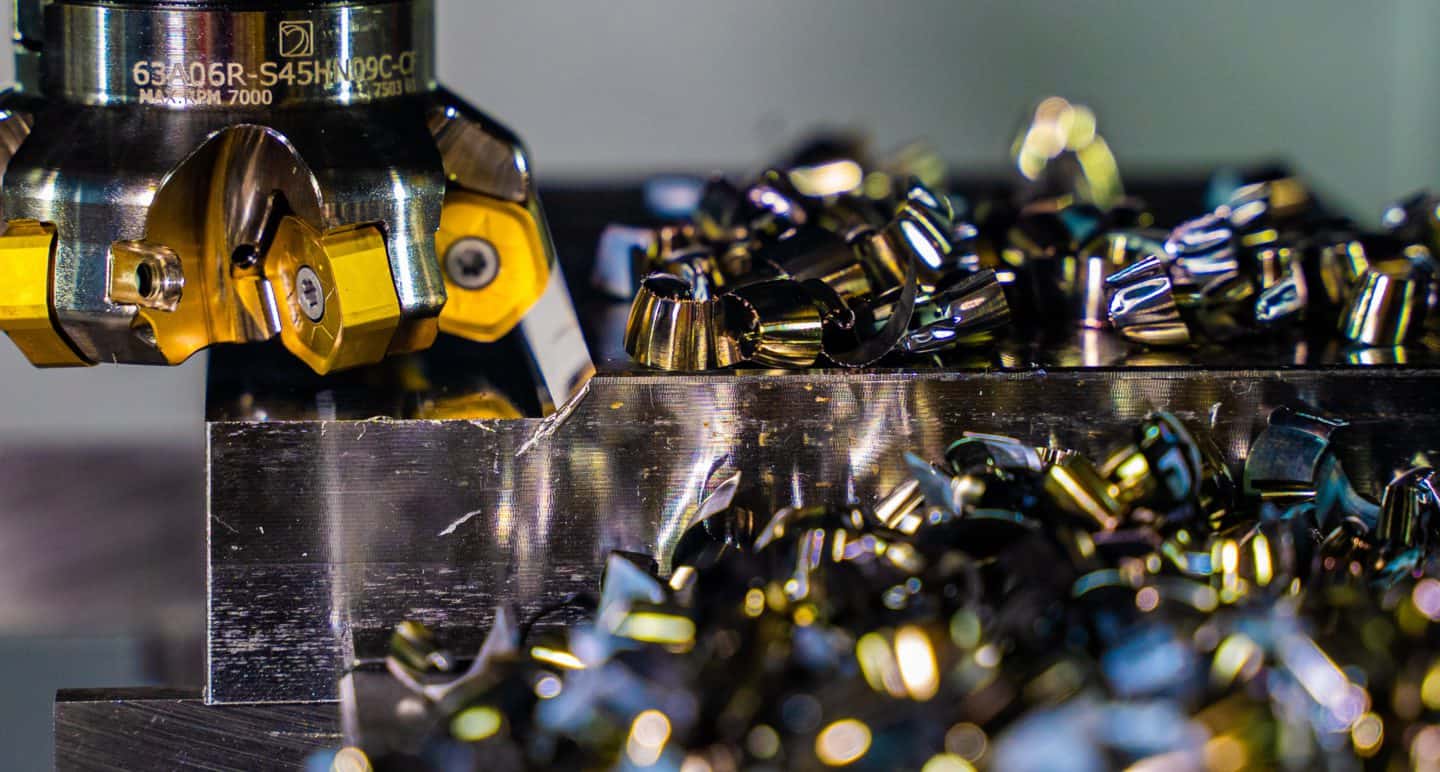For many industries, including that of CNC machining, the year 2020 has been full of ups and downs. However, with the numerous developments that occurred in the industry this past year, it is safe to say that there were a lot more ups than downs in the world of CNC machining. In this article, we go through the top 5 trends and developments that shaped CNC machining in 2020.
1. Better machining tools
Machining tools are one of the most important components in the entire CNC machining process. Much of the speed, cost, and quality of a machining project depends on the tools used. Superior tools can cut faster and with better quality, significantly reducing both machining time and cost. Therefore, it comes as no surprise that the development of better machining tools was an important trend of 2020, with polycrystalline diamond and solid carbide tools taking the top spots. These tools have proven to be highly durable, more efficient and effective in cutting, versatile, and fast. They also vibrate less, are more resistant to wear, have advanced tool life, require less maintenance, and generate less noise during operation. Particularly beneficial to CNC machining are these tools’ ability to produce tight tolerances and create parts with very high precision.

Polycrystalline diamond cutting tools (Source: Onsrud)
2. More axes, faster machining
Effort is always being made, in the development of CNC machining as a manufacturing technology, to increase the functionality and speed of machines, while reducing cost. The machining industry took a big step in this direction in 2020 with the application of 6-axis machining. It was already a fact that more axes translate to more functionality and less cycle time, and so while 6-axis machining has long been in existence in different forms, it wasn’t common. That changed in 2020.
5-axis machining works by moving in the X, Y, and Z axes, while also rotating in the A and B axes. While this technology is already awesome, 6-axis machining takes it even further by adding C-axis rotation. This can increase cycle speed by as much as 75%. Now, 6-axis may not be of extra benefit when milling a simple part. However, bring on a highly complex part and watch 6-axis machining perform in all its glory.










